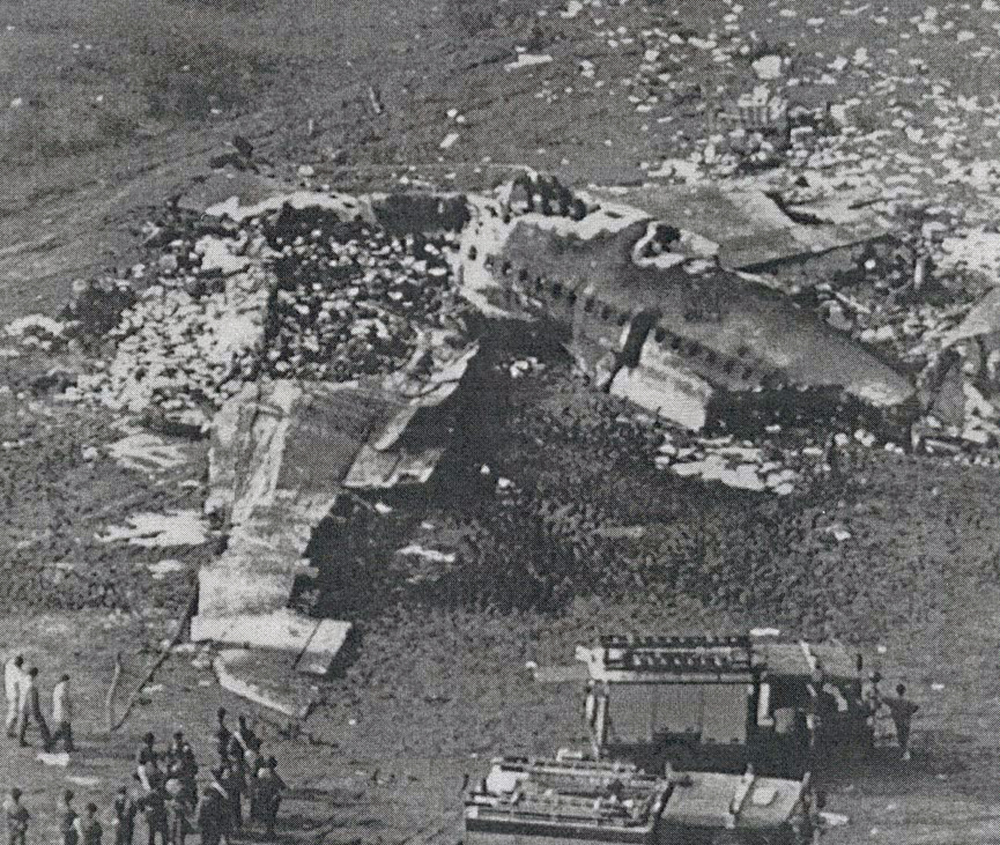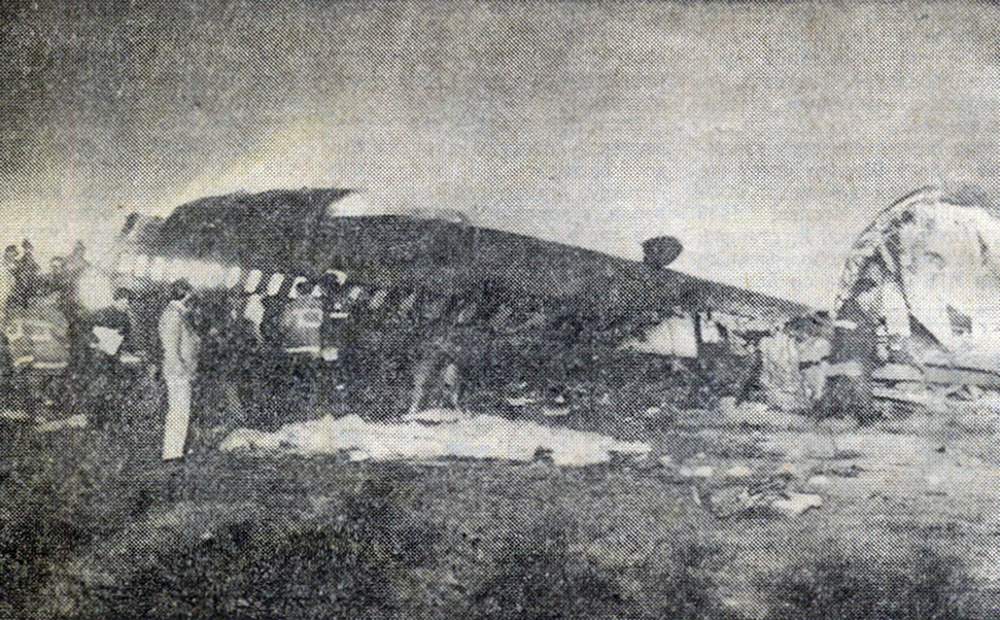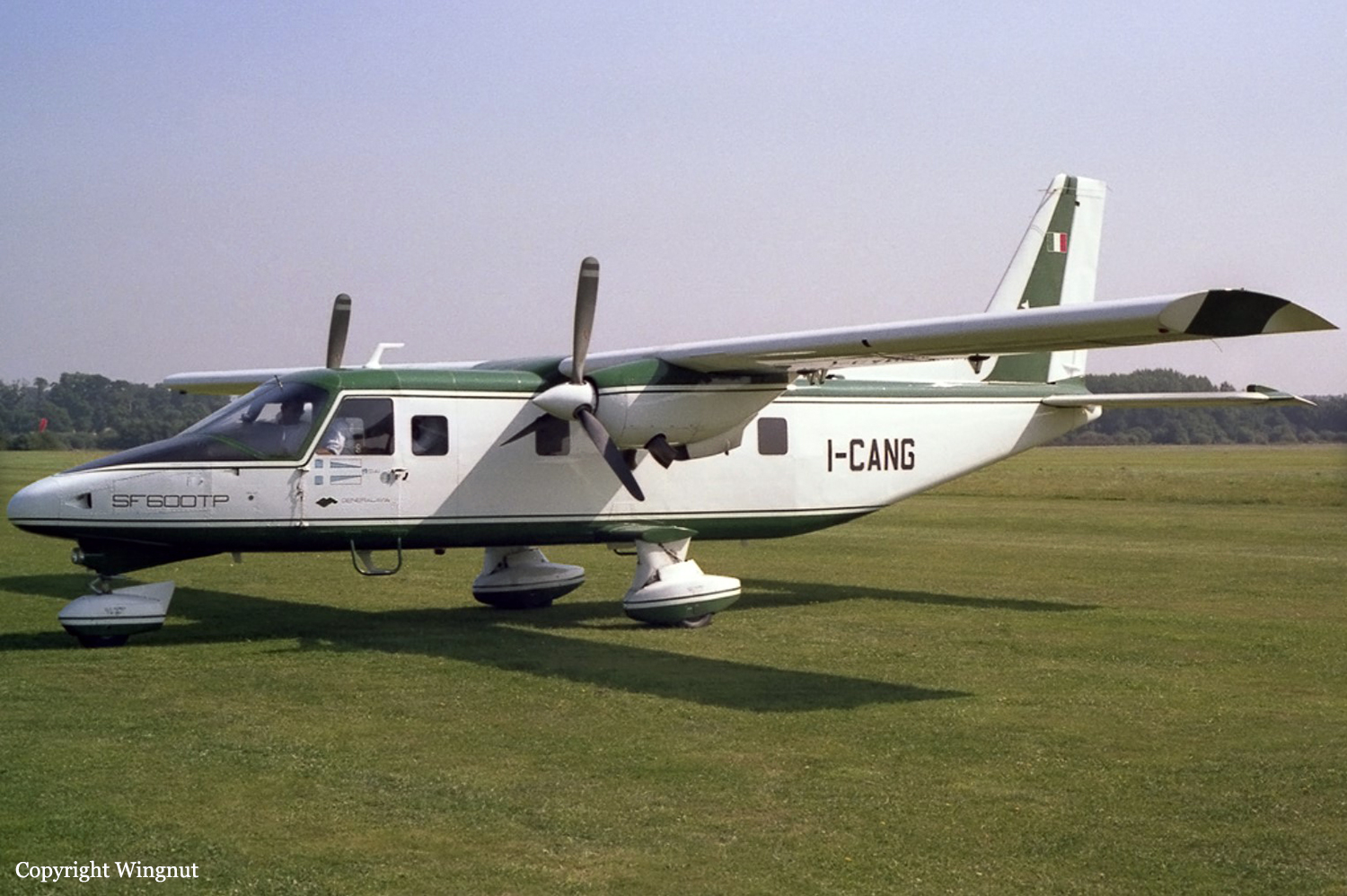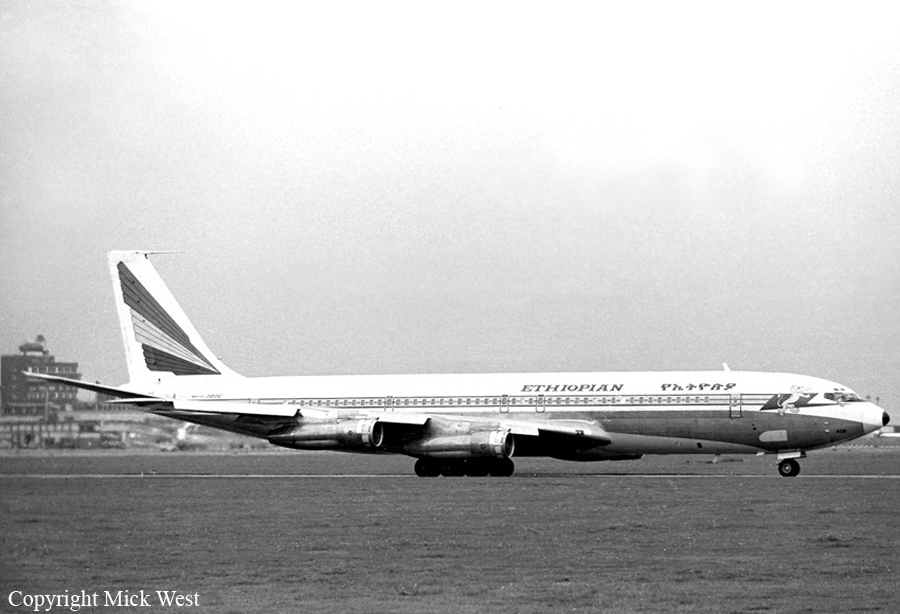Ground accident of an ATR42-300 in Rome
Date & Time:
Mar 6, 2003 at 2050 LT
Registration:
I-ATRF
Survivors:
Yes
Schedule:
Rome - Rimini
MSN:
034
YOM:
1986
Flight number:
MTC403
Crew on board:
3
Crew fatalities:
Pax on board:
42
Pax fatalities:
Other fatalities:
Total fatalities:
0
Captain / Total hours on type:
1159.00
Copilot / Total hours on type:
232
Aircraft flight hours:
27472
Aircraft flight cycles:
28492
Circumstances:
Following a normal taxi procedure at Rome-Fiumicino Airport, the crew was at the holding point of runway 25, ready for departure. On board were 42 passengers and a crew of three. Both engines were turning at 70% torque. When the crew released the brakes, the swinging lever of the left main gear failed. The aircraft sank on its belly and stopped. All 45 occupants evacuated safely and there were no injuries. The aircraft was damaged beyond repair.
Probable cause:
Failure of the swinging lever of the left main gear due to the presence of fatigue cracks.
Final Report:















